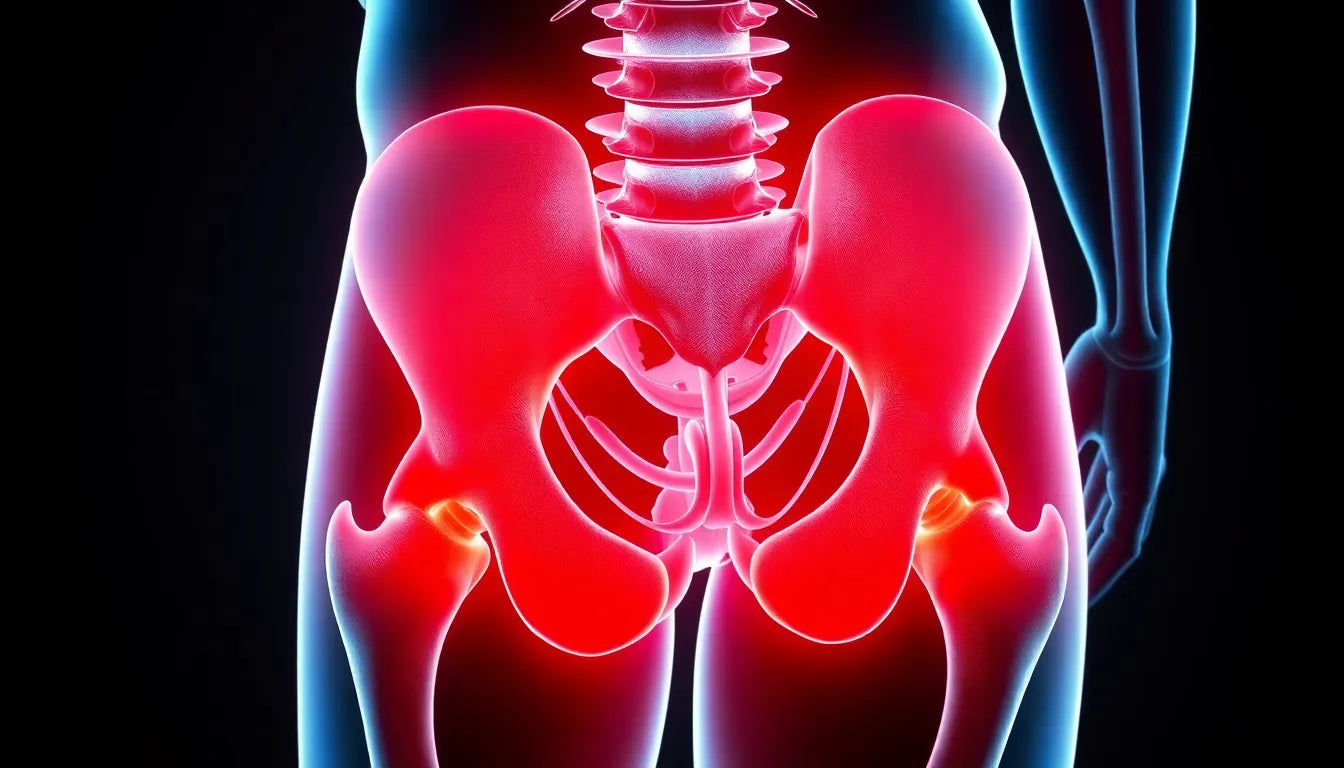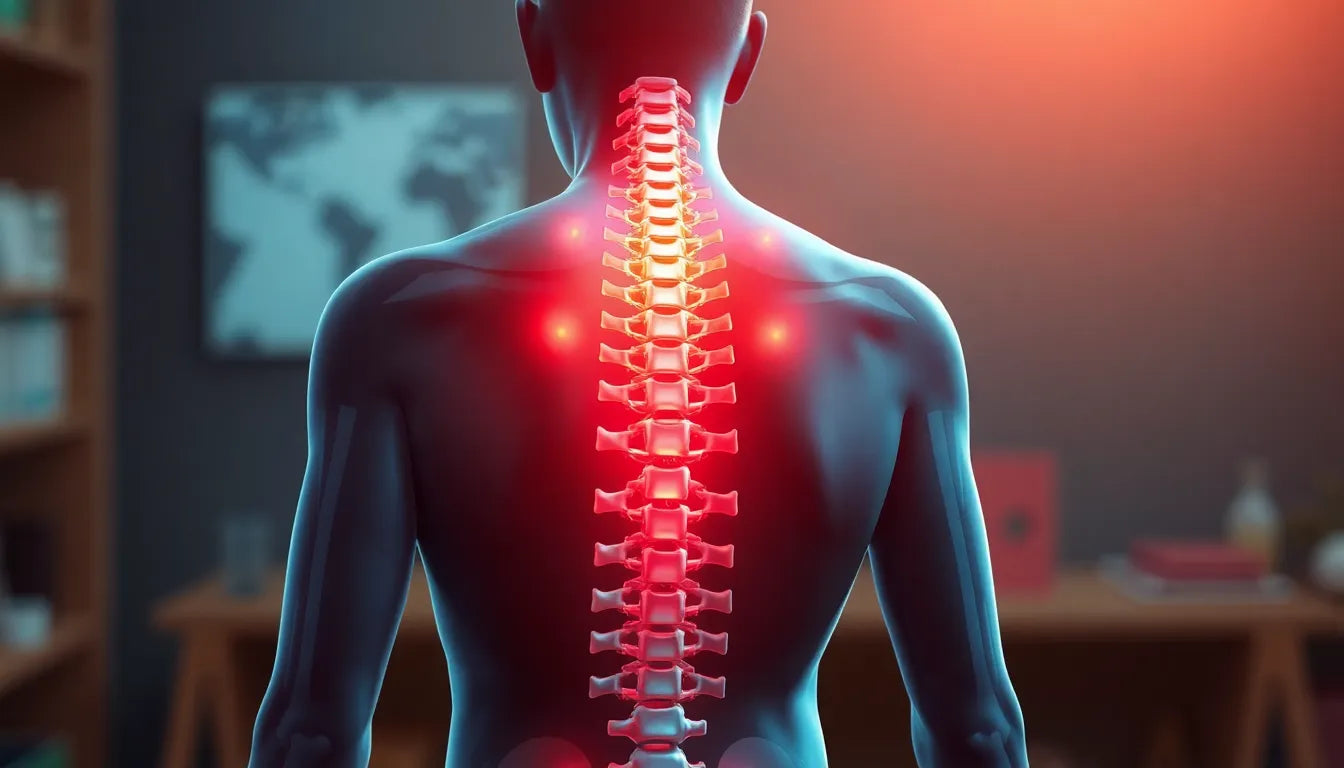The neck is an extraordinary structure, pivotal in supporting the head and facilitating a wide range of movements. It plays a crucial role in our daily lives, enabling us to nod in agreement, turn to catch a glimpse of a friend, or simply hold our heads high. Understanding neck anatomy is not just for medical professionals; it is essential for anyone seeking to maintain overall health and prevent discomfort.
At its core, the neck is a complex network of bones, muscles, nerves, and vessels. This intricate design is what allows for the graceful movement and flexibility we often take for granted. However, the very complexity that makes the neck so functional also makes it susceptible to a range of issues. Poor posture, for instance, can lead to a cascade of problems, from muscle strain to nerve compression, resulting in chronic pain and reduced mobility.
the role of neck anatomy in health and pain prevention
Neck anatomy is intricately linked to our overall well-being. A well-aligned neck supports the head efficiently, minimizing strain on muscles and joints. Conversely, when the neck is misaligned, it can lead to tension headaches, shoulder pain, and even lower back issues. Understanding the anatomy of the neck can be a powerful tool in preventing these problems before they start.
Common issues related to poor neck posture include forward head posture, where the head juts forward, placing undue stress on the cervical spine. This can lead to a condition commonly known as "tech neck," a modern-day ailment caused by prolonged use of digital devices. By understanding the anatomy and mechanics of the neck, individuals can adopt better habits and make informed decisions about their posture and ergonomics.
impact of chronic neck pain on daily life
Imagine waking up every morning with a stiff neck, struggling to turn your head without wincing in pain. Chronic neck pain can be debilitating, affecting everything from your ability to work to your enjoyment of leisure activities. It can lead to a cycle of discomfort and frustration, impacting mental health and overall quality of life.
Fortunately, by unlocking the secrets of neck anatomy, individuals can take proactive steps to mitigate these issues. Whether it's through targeted exercises, ergonomic adjustments, or simply being mindful of posture, understanding neck anatomy is the first step toward a pain-free life. As we delve deeper into the intricacies of neck anatomy, we will uncover practical solutions and insights that empower you to take control of your neck health and enhance your daily living.

Women's Posture Shirt™ - Black
Patented shirt helps improve posture, relieve pain, and activate muscles for better comfort.
neck anatomy 101: a structural overview
The neck is a marvel of anatomical engineering, segmented into two primary subdivisions known as the anterior and posterior triangles. These triangles are not just geometric constructs; they are essential for understanding the neck's complex layout and the vital structures it houses.
subdivisions of the neck
The anterior triangle of the neck is bordered by the mandible above, the midline of the neck, and the sternocleidomastoid muscle. This area is further divided into smaller triangles: the submandibular, submental, muscular, and carotid triangles. Each of these contains critical elements such as muscles, glands, blood vessels, and nerves. For instance, the carotid triangle is vital as it contains the carotid artery, which supplies blood to the brain, illustrating the neck's essential role in circulatory health.
On the other hand, the posterior triangle is delineated by the clavicle, trapezius, and sternocleidomastoid. This region is crucial for housing the brachial plexus, a network of nerves that transmits signals from the spine to the shoulder, arm, and hand. It also contains the subclavian vessels and scalene muscles, making it a key player in both respiratory and upper limb function.
fascial layers of the neck
The neck's structural integrity and compartmentalization are maintained by several fascial layers. The superficial fascia encases the platysma muscle and provides a protective layer just beneath the skin. Below this, the deep fascia is divided into the pretracheal and prevertebral layers, each serving distinct purposes. The pretracheal fascia surrounds the trachea, esophagus, and thyroid gland, while the prevertebral fascia envelops the vertebral column and associated muscles.
These fascial layers not only compartmentalize the neck but also provide a protective barrier for the vital structures within. They play a significant role in clinical settings, helping surgeons navigate the neck's complex anatomy during procedures and ensuring that vital structures are shielded from potential damage.
clinical relevance and visualization
Understanding the intricacies of neck anatomy is indispensable for medical professionals, particularly in fields such as surgery and radiology. Detailed knowledge of the neck's structure aids in performing clinical procedures with precision and confidence. Surgeons rely on this anatomical insight to avoid damaging critical nerves and vessels, while radiologists use it to interpret imaging accurately and diagnose conditions effectively.
To enhance comprehension, educational resources increasingly incorporate videos and 3D models. These tools offer dynamic visualization, allowing students and professionals to explore the neck's anatomy interactively. For instance, platforms like AnatomyZone provide 3D anatomy tutorials that simplify complex concepts, catering to visual learners and making anatomy accessible to a broader audience.
Moreover, resources like the NCBI Bookshelf offer comprehensive textual explanations, complementing visual aids and providing a well-rounded educational experience. By comparing different educational platforms, learners can find the approach that best suits their needs, whether it's through detailed textual content or engaging visual media.
In conclusion, a thorough understanding of neck anatomy is not only crucial for medical professionals but also beneficial for anyone interested in maintaining neck health. By exploring the structural intricacies of the neck, individuals can gain insights into preventing and managing pain, ultimately leading to a healthier, more comfortable life.
connecting neck anatomy to everyday life and ergonomics
The intricate design of the neck, with its network of muscles, nerves, and vessels, plays a significant role in our daily activities. Understanding neck anatomy is not merely academic; it has practical applications that can enhance our everyday life, particularly in the realm of ergonomics. Ergonomics, the study of people's efficiency in their working environment, can greatly benefit from a detailed understanding of neck anatomy.
Many common issues leading to neck discomfort stem from poor posture and ergonomics. For example, muscle strain and nerve compression are often the culprits behind chronic neck pain. These issues can arise from prolonged periods of looking down at a phone or sitting at a computer without proper support. By understanding the anatomy of the neck, individuals can implement ergonomic solutions that prevent these problems.
Simple ergonomic practices, such as adjusting the height of a computer monitor to eye level or using a chair with proper lumbar support, can significantly reduce neck strain. Additionally, ergonomic aids like adjustable desks or specially designed pillows can help maintain proper neck alignment. Visual aids, such as diagrams showing correct posture, can be invaluable tools in promoting neck health.

Men's Posture Shirt™ - White
Patented posture shirt for men helps reduce pain, activate muscles, and improve posture daily.
frequently asked questions
what are the main muscles involved in neck movement?
The primary muscles responsible for neck movement include the sternocleidomastoid, which helps rotate and flex the head, and the trapezius, which supports shoulder and neck movement. Other important muscles are the scalene muscles, which assist in lateral flexion and stabilization of the neck.
how does poor posture affect neck anatomy?
Poor posture can lead to misalignment of the cervical spine, causing undue stress on neck muscles and joints. This often results in conditions like "tech neck," where the head is positioned forward, increasing the load on the cervical spine and leading to muscle fatigue and pain.
what are some effective ergonomic solutions for neck pain?
Effective ergonomic solutions include adjusting the height of your workstation to ensure your screen is at eye level, using a chair with adequate lumbar support, and taking regular breaks to stretch and move. Ergonomic pillows and desks can also help maintain proper posture and reduce neck strain.
can understanding neck anatomy help in choosing the right ergonomic aids?
Yes, a solid understanding of neck anatomy can guide individuals in selecting ergonomic aids that best support their unique anatomical needs. By knowing which muscles and structures are involved in neck movement and support, you can choose products that promote proper alignment and prevent discomfort.


















